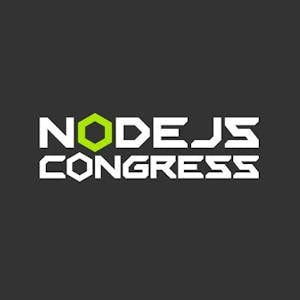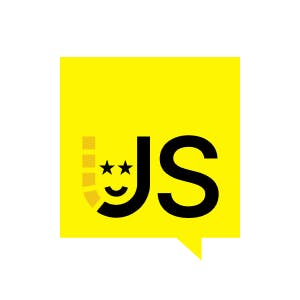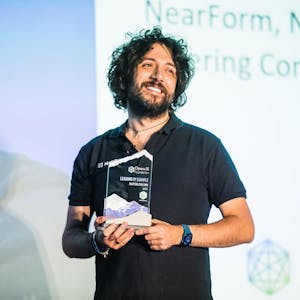Building a RAG System in Node.js: Vector Databases, Embeddings & Chunking
Featured Workshop
Large Language Models (LLMs) are powerful, but they often lack real-time knowledge. Retrieval-Augmented Generation (RAG) bridges this gap by fetching relevant information from external sources before generating responses. In this workshop, we’ll explore how to build an efficient RAG pipeline in Node.js using RSS feeds as a data source. We’ll compare different vector databases (FAISS, pgvector, Elasticsearch), embedding methods, and testing strategies. We’ll also cover the crucial role of chunking—splitting and structuring data effectively for better retrieval performance.Prerequisites- Good understanding of JavaScript or TypeScript- Experience with Node.js and API development- Basic knowledge of databases and LLMs is helpful but not required
Agenda📢 Introduction to RAG💻 Demo - Example Application (RAG with RSS Feeds)📕 Vector Databases (FAISS, pgvector, Elasticsearch) & Embeddings🛠️ Chunking Strategies for Better Retrieval🔬 Testing & Evaluating RAG Pipelines (Precision, Recall, Performance)🏊♀️ Performance & Optimization Considerations🥟 Summary & Q&A
Agenda📢 Introduction to RAG💻 Demo - Example Application (RAG with RSS Feeds)📕 Vector Databases (FAISS, pgvector, Elasticsearch) & Embeddings🛠️ Chunking Strategies for Better Retrieval🔬 Testing & Evaluating RAG Pipelines (Precision, Recall, Performance)🏊♀️ Performance & Optimization Considerations🥟 Summary & Q&A






















